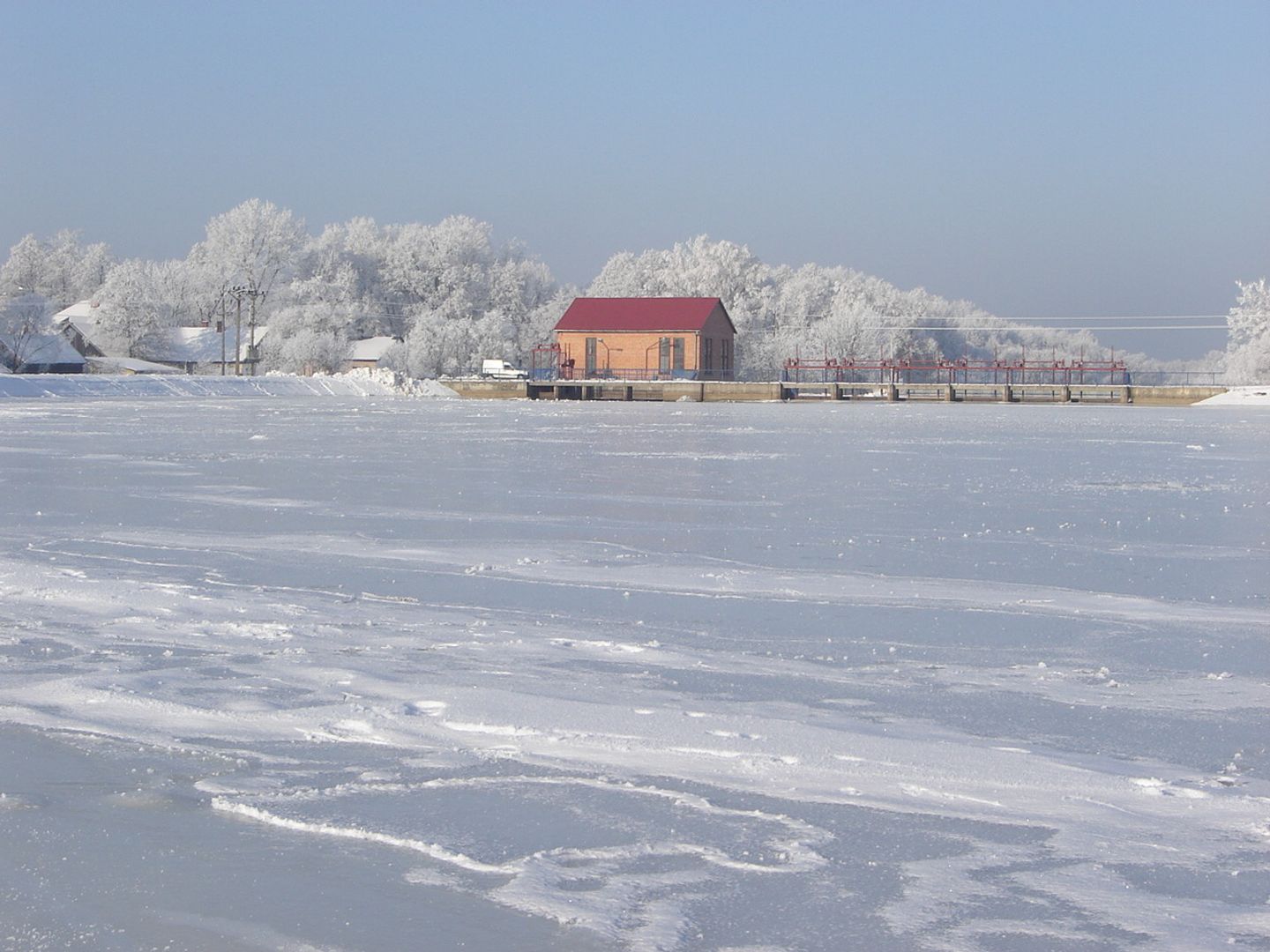Ruda Maleniecka
6.64

Overview
Ruda Maleniecka is a village located in the Świętokrzyskie Voivodeship, within the municipality of the same name. From 1975 to 1998, it was part of the former Kielce Voivodeship. The village is situated on the Czarna Konecka River, and its history dates back to medieval times when it was known as a hamlet of Wyszyna, with an iron smelting site. In the 18th century, Castellan Jacek Jezierski contributed to the development of the metallurgical industry in the area, and in 1800, the estate passed into the hands of Prince Karol of Hesse-Darmstadt, creating a network of properties in the region. In the 19th century, the new owner, Tadeusz Bocheński, invested in the development of industrial plants, introducing innovations such as the abolition of serfdom and employing a physician. Ruda Maleniecka became a production center, but technological changes led to its decline in the 20th century. During the interwar period, the village was primarily agricultural, and it experienced the tragedies of occupation during World War II, including the execution of Władysław Froelich. Ruda is home to an 18th-century manor complex with a neo-Romanesque chapel dedicated to St. Thaddeus and a park, all listed in the register of historical monuments. A war cemetery from 1914–1915, with burials of soldiers from various armies, is an important element of the region's historical memory. The village also stands out for its tourist trail connecting the Diabla Góra Nature Reserve with Łączna, attracting nature enthusiasts. Undoubtedly, an interesting fact is the operation of Poland's first experimental fisheries station, established here in 1912. With its rich history and monuments, Ruda Maleniecka is an important point on the cultural map of the region.
Location
2025 Wizytor | All Rights Reserved